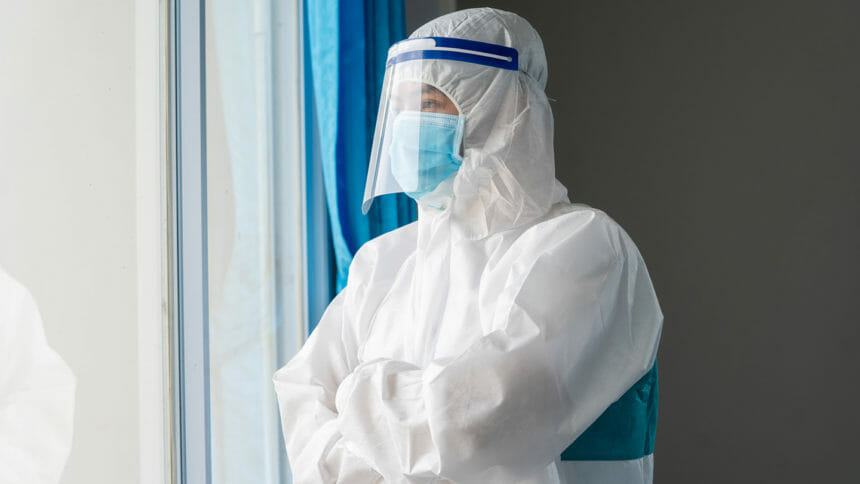
Infection preventionists are typically known for their expertise, vigor and creativity. All are vital when dealing with ever-changing pathogens. In the wake of the biggest public health emergency in over a century, any edge these critical professionals can get is crucial for creating a stronger infection prevention program.
1. Brace for new challenges.
“Emerging infectious diseases are impacting the world on an unprecedented scale,” said Doe Kley, RN, infection prevention fellow for Clorox Professional, pointing to a recent international study. “Pathogens are ever-changing and can be anywhere in the world in a matter of hours.”
But there are fewer people available to tackle the challenges that come along with that evolution.
“In 2024, we are expected to lose 40% of the workforce as the largest cohort of our population — the baby boomers — will be 60 to 78 years of age and ready for retirement,” Kley added. The infection preventionists who remain will need broad shoulders.
IPs need to stay current with required testing, training, competencies, and at least offer vaccinations to staff, said Deborah Burdsall, PhD, RN-BC, a board member of the Association for Professionals in Infection Control and Epidemiology.
“One of the greatest challenges facing nursing home communities is establishing an infection prevention and control infrastructure that can survive the current environment — an environment that includes an increase in multidrug-resistant organisms, higher demands for robust antibiotic stewardship programs, and increasing regulatory pressures,” added Evelyn Cook, a member of APIC’s Long-Term Care Task Force.
2. Special attention must be given to some of the greatest current challenges.
Those include drug-resistant pathogens and healthcare-associated infections.
Practice enhanced barrier precautions and make appropriate use of personal protective equipment, hand hygiene and environmental cleaning, said Burdsall.
Ellen Thompson, BSN, RN, director of clinical services at Gentell, recommended a renewed clinician commitment to antibiotic stewardship and Centers for Disease Control and Prevention guidelines.
Burdsall and Kley advised surveillance to ensure early symptoms and changes in lab, viral and microbiology results are addressed in real time.
3. Note risks for the immunocompromised.
“The margin for error in this patient population is small,” said Kley. “When compliance is lacking, engage those involved in executing the work-in-process improvement. An additional benefit: Studies show it increases staff satisfaction, performance and retention.”
Such patients require an interdisciplinary approach that considers comorbidities and adjusts interventions as needed, said Thompson.
4. Protecting nursing home staff is paramount.
“Evolving evidence shows how and when to use personal protective equipment, especially respiratory protection,” said Burdsall. “Ensure healthcare personnel are trained, demonstrate competency and always have proper PPE and access to hand hygiene and cleaning/disinfecting products.”
Kley asserts that a clean and sanitary environment affords great protection for both residents and staff. It’s also a regulatory requirement.
5. Consider appropriate technological solutions, including infotech.
Cook said requiring nursing homes to join the National Healthcare Safety Network “was the first step in prompting nursing homes to participate in a national data repository,” which should allow greater insights over time.
Karl Seagren, senior product consultant at Direct Supply, advises facilities to consider UV technology following cleaning and disinfection to kill any pathogens missed during manual disinfection processes.
6. Look for solutions outside the box.
Kley said leaders should be more open to filling IP positions with candidates who have a variety of experience, education and training and to consider solutions such as virtual nursing, internal staffing agencies and float pools.
“IPs do not need to be RNs,” added Burdsall. “Others have the basic education and training to become excellent IPs, as long as they are interested in infection prevention and control and are committed to lifelong learning.”
Mistakes to avoid
» Not keeping watch. Surveillance is needed to ensure symptoms are caught and addressed early.
» Staying in silos. Thin staffing calls for more collaboration than ever.
» Skimping on testing and training. Make both high priorities.
From the January/February 2024 Issue of McKnight's Long-Term Care News



